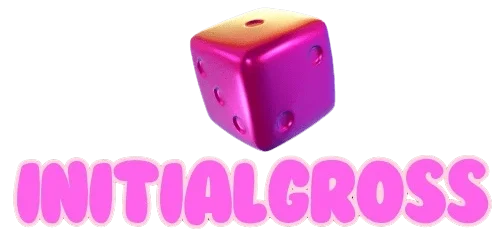When the PSP launched in 2004, it was a technical marvel that promised console-quality gaming in the palm of your hand. While it often competed with the Nintendo DS, the PSP set itself apart by targeting a more mature audience and offering visually impressive games that pushed the harum4d limits of portable gaming. Looking back, it’s clear that the PSP was ahead of its time in more ways than one.
First and foremost, the PSP offered near-PS2-level graphics at a time when mobile phones couldn’t even handle basic 3D games. Titles like Crisis Core, God of War: Chains of Olympus, and Metal Gear Solid: Peace Walker showcased just how capable the device was, delivering massive worlds, fully voiced cutscenes, and real-time combat systems on a screen you could fit in your pocket.
Sony also treated the PSP as more than just a gaming device. It supported music, videos, internet browsing, and even Skype. You could load movies onto memory sticks and watch them on long trips—an unheard-of feature for the time. Its media capabilities hinted at the multifunctional approach that modern smartphones would later master.
Perhaps most importantly, the best PSP games offered console-depth mechanics and stories, not watered-down versions. RPGs like Persona 3 Portable and Tactics Ogre were complex, rich in content, and worthy of hundreds of hours of play. This seriousness in game design proved that portable didn’t have to mean casual.
Moreover, its UMD format, though criticized for being fragile and slow-loading, allowed for far larger games than the DS cartridges. This gave developers room to be ambitious with cutscenes, voice acting, and rich textures—another reason why PSP games felt so advanced.
The PSP may not have outsold its competitors, but it remains one of Sony’s boldest experiments. It was a true precursor to the modern gaming tablet or high-powered handheld device and showed that portable gaming could be serious, cinematic, and future-facing.
